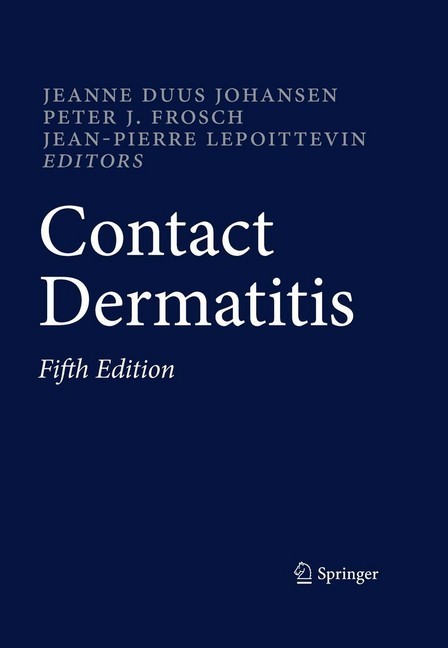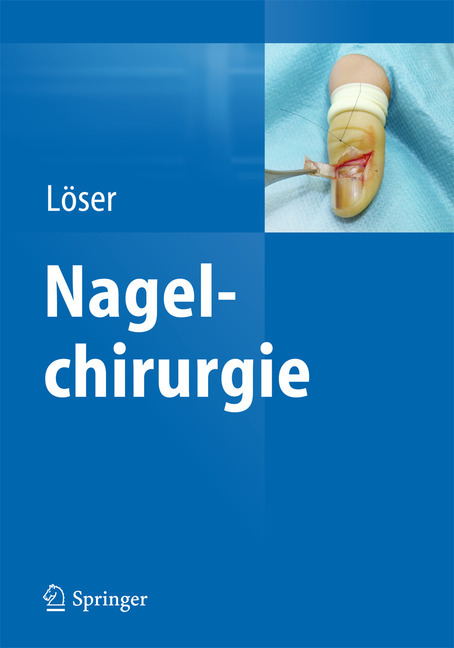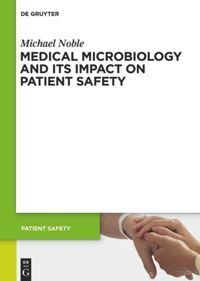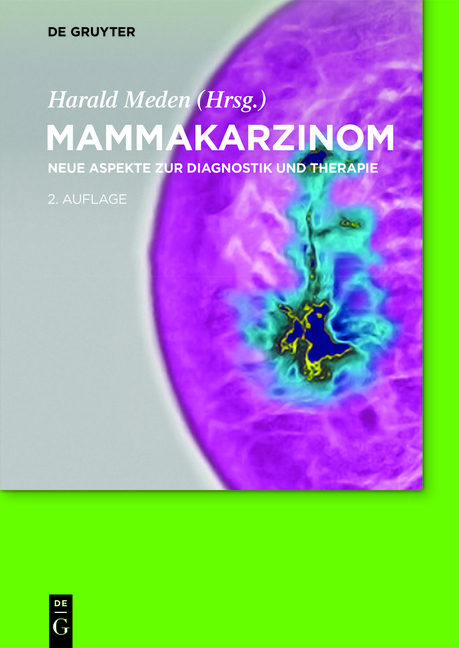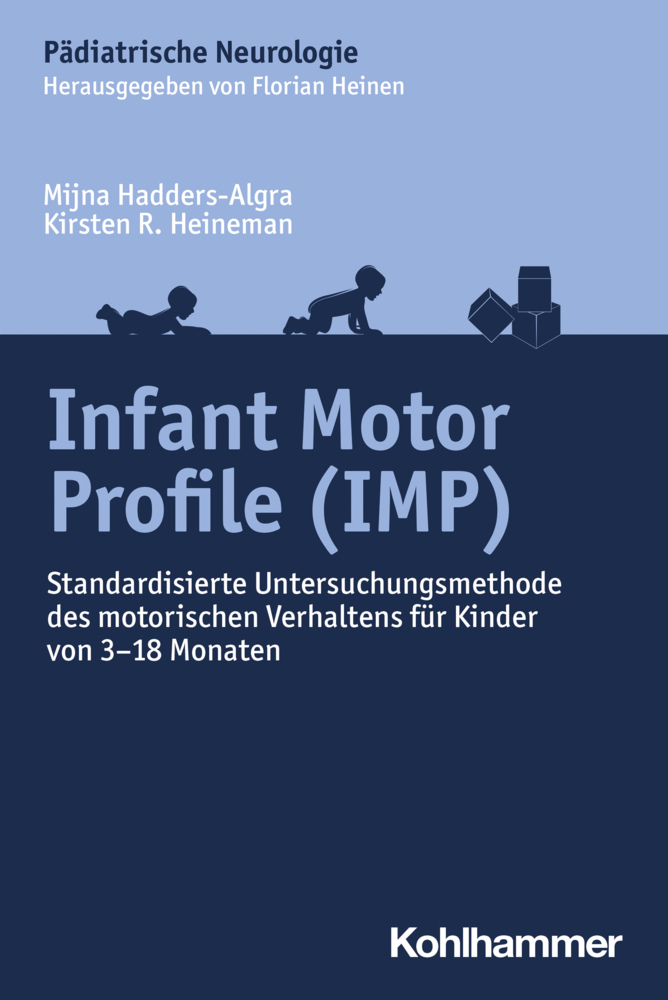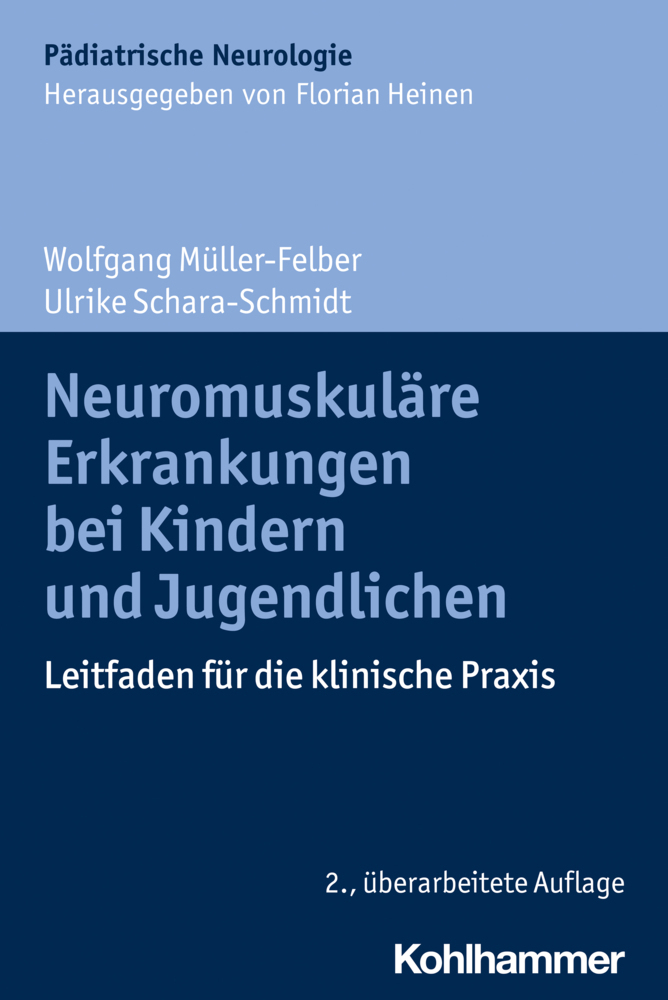The fifth edition delivers up-to-date coverage of every conceivable aspect in modern-day management of contact dermatitis. Leading experts have thoroughly updated the previous edition, while adding new chapters on genetics, the skin barrier, respiratory symptoms to chemicals and an extensive section on prevention. Both irritant and allergic contact dermatitis are covered with special emphasis on immunological mechanisms, molecular aspects of sensitizers, atypical clinical forms, reactions to medicaments, occupational and environmental aspects. The comprehensive yet approachable text is supplemented by numerous color illustrations and tables. Core messages and case reports highlight the most important information and help in gaining better understanding of the topic and greater competence in daily practice. An extensive dictionary of allergens gives quick access to specific information.
1;Preface to the Fifth Edition;6 2;Contents;7 3;1: Historical Aspects;12 3.1;1.1 Introduction;12 3.2;1.2 Historical Aspects of Patch Testing;13 3.2.1;1.2.1 The Pre-Jadassohn Period;13 3.2.2;1.2.2 Josef Jadassohn, the Father of Patch Testing in Dermatology;13 3.2.3;1.2.3 Jean-Henri Fabre's Experiments;14 3.2.4;1.2.4 A General Overview of Patch Testing During the Period 1895-1965;15 3.2.5;1.2.5 Bruno Bloch's Pioneering Work in Basel and in Zurich;15 3.2.6;1.2.6 The Influence of Poul Bonnevie in Scandinavian Countries;16 3.2.7;1.2.7 A Controversial Period: The Pros and Cons of a Standard Series;17 3.2.8;1.2.8 Marion Sulzberger, the Initiator of Patch Testing in North America and Alexander Fisher, a World Leader in the Field of C;17 3.2.9;1.2.9 The Founding of Groups;17 3.2.10;1.2.10 The Founding of the European Environmental and Contact Dermatitis Research Group (EECDRG) and the European Society of Co;18 3.2.11;1.2.11 Dermatochemistry and Contact Dermatitis;18 3.2.12;1.2.12 Recent Advances in the Management of Patch Testing;18 3.3;1.3 Historical Aspects of Prick Testing;19 3.4;References;19 4;Part 1: Basic Features;21 4.1;2: Genetics and Individual Predispositions in Contact Dermatitis;22 4.1.1;2.1 General Introduction;23 4.1.2;2.2 Genetic Factors in Allergic Contact Dermatitis1;23 4.1.2.1;2.2.1 Early Studies in the Genetics of Contact Allergy;24 4.1.2.1.1;2.2.1.1 Experimental Sensitization;24 4.1.2.1.2;2.2.1.2 Family Studies;25 4.1.2.1.3;2.2.1.3 Twin Studies;25 4.1.2.1.4;2.2.1.4 Studies of Immunogenetic Markers;26 4.1.2.2;2.2.2 In Search of the Phenotype of Contact Allergy: Polysensitization;26 4.1.2.3;2.2.3 Polymorphisms in Allergic Contact Dermatitis;27 4.1.2.3.1;2.2.3.1 Tumor Necrosis Factor (TNF);28 4.1.2.3.1.1;Studies of TNF Polymorphisms in ACD (See Table 2.4);28 4.1.2.3.2;2.2.3.2 Interleukin-16;31 4.1.2.3.2.1;Studies of IL-16 Polymorphisms in ACD;31 4.1.2.3.3;2.2.3.3 N-Acetyltransferase 1 and 2 (NAT1/NAT2);31 4.1.2.3.3.1;Studies of NAT: Polymorphisms in ACD;32 4.1.2.3.4;2.2.3.4 Glutathione Transferases M1 and T1 (GSTM1 and GSTT1);33 4.1.2.3.4.1;Studies of GSTM1 and GSTT1 Polymorphisms in ACD;34 4.1.2.3.5;2.2.3.5 Manganese Superoxide Dismutase;34 4.1.2.3.5.1;Studies of the MnSOD Polymorphisms in ACD;34 4.1.2.3.6;2.2.3.6 Angiotensin-Converting Enzyme;35 4.1.2.3.6.1;Studies of the ACE Polymorphisms in ACD;35 4.1.2.3.7;2.2.3.7 Filaggrin;35 4.1.2.3.7.1;Studies of FLG Mutations in ACD;35 4.1.2.3.8;2.2.3.8 General Remarks on the Study of "Candidate Gene" Polymorphisms in ACD;36 4.1.3;2.3 Irritant Contact Dermatitis;37 4.1.3.1;2.3.1 Individual Variability in Irritant Responses in Healthy Individuals;38 4.1.3.2;2.3.2 Predisposition Related to Specific Phenotypes;39 4.1.3.2.1;2.3.2.1 Atopic Dermatitis;39 4.1.3.2.2;2.3.2.2 Sex;40 4.1.3.2.3;2.3.2.3 Age;40 4.1.3.2.4;2.3.2.4 Ethnicity;40 4.1.3.2.5;2.3.2.5 Other Skin Diseases;41 4.1.3.2.6;2.3.2.6 Regional Differences;41 4.1.3.2.7;2.3.2.7 Skin Type;41 4.1.3.2.8;2.3.2.8 Body Mass Index;41 4.1.3.3;2.3.3 Genetic Predisposing Factors;42 4.1.4;References;43 4.2;3: Mechanisms of Irritant and Allergic Contact Dermatitis;52 4.2.1;3.1 Introduction;52 4.2.2;3.2 Irritant Contact Dermatitis;52 4.2.2.1;3.2.1 Skin Barrier Perturbation Can Lead to Irritant Contact Dermatitis;52 4.2.2.2;3.2.2 Pathogenesis of Acute Irritant Contact Dermatitis;53 4.2.2.3;3.2.3 Development of Chronic Irritant Contact Dermatitis;55 4.2.2.4;3.2.4 Genetic Risk Factors in Irritant Contact Dermatitis and Atopic Dermatitis;56 4.2.2.5;3.2.5 Cellular Immunological Changes in Irritant Contact Dermatitis;56 4.2.3;3.3 Introduction Allergic Contact Dermatitis;57 4.2.3.1;3.3.1 Binding of Contact Allergens to Skin Components;59 4.2.3.1.1;3.3.1.1 Chemical Nature of Contact Allergens;59 4.2.3.1.2;3.3.1.2 Hapten Presentation by Langerhans Cells (LC);60 4.2.3.1.3;3.3.1.3 Pre and Prohaptens;60 4.2.3.2;3.3.2 Hapten-Induced Activation of Allergen-Presenting Cells;61 4.2.3.2.1;3.3.2.1 Physiology of Langerhans Cells;61 4.2.3.2.2;3.3.2.2 Hapten-I
Johansen, Jeanne Duus
Frosch, Peter J.
Lepoittevin, Jean-Pierre
| ISBN | 9783642038273 |
|---|---|
| Artikelnummer | 9783642038273 |
| Medientyp | E-Book - PDF |
| Auflage | 5. Aufl. |
| Copyrightjahr | 2010 |
| Verlag | Springer-Verlag |
| Umfang | 1252 Seiten |
| Sprache | Englisch |
| Kopierschutz | Digitales Wasserzeichen |

